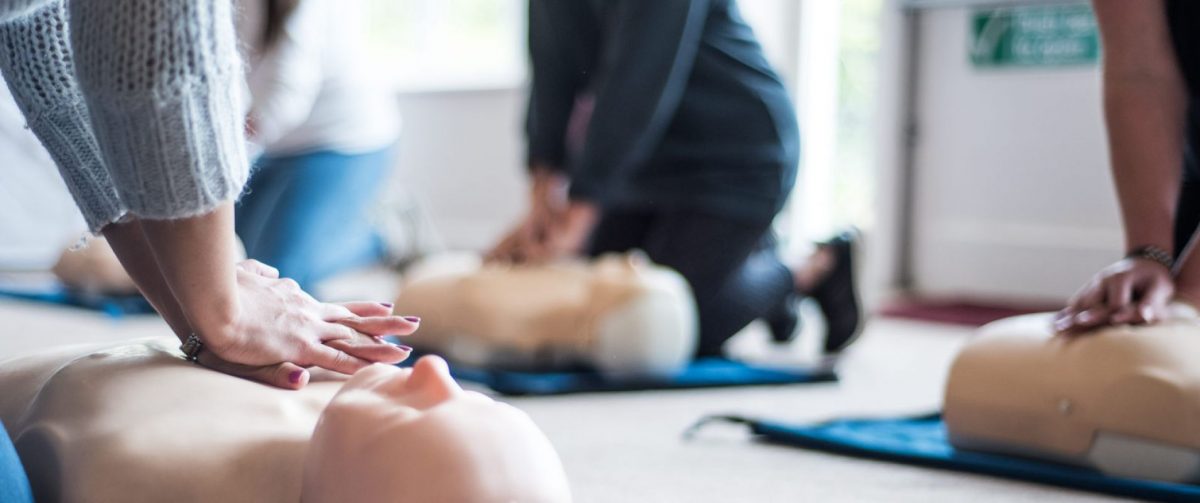Massage has been used around the world for thousands of years to lower both physical and psychological stress.
Today, research continues to show that massage therapy – whether used alone or in conjunction with other treatments – is an effective way to help treat many common conditions such as arthritis, anxiety and chronic lower back pain.
Deep tissue massage involves the manipulation of the deep layers of tissue in the body, including the fascia and other supporting tissues that make up the muscles and joints.
Most deep tissue massages normally focus on major muscle groups — such as the neck or lower back — along with joints and tendons that are susceptible to straining or injuries. Certain areas of the body that tend to tense up in times of stress, including the shoulders, neck and hips, can often benefit the most from this type of deep manipulation.
A person receiving a deep tissue massage usually lays on their stomach or back in one position, while deep pressure is applied to targeted areas of the body by a trained massage therapist. The massage is beneficial mostly because it helps stimulate blood flow and relieve muscle tension, while at the same time lowering psychological stress and releasing “happy hormones” like serotonin and oxytocin.
The benefits of deep tissue massage include releasing chronic muscle tension, lowering spasms, treating anxiety, reducing arthritis symptoms, lowering blood pressure and improving recovery from injuries.
The whole idea of soft tissue massage is and prevent pain, improve your range of motion, optimize spinal adjustments, aid in muscle recovery, and enhance physical functions.
Research shows there are a number of health benefits that can be achieved when soft tissue massage is performed properly by a professional therapist. Let’s take a look at some of them:
Improved Flexibility: After a long day’s work, it is normal to feel some muscle tension. Soft tissue massage helps to improve overall flexibility and lower the chances of having muscle injury. This type of massage involves stretching the muscle fibres promoting flexibility and maintaining it, so you feel relaxed at the end of a busy and stressful day.
Pain Reduction: Soft tissue massage is known to be an effective way to relieve muscular pain, whether it is caused by injury or overwork. Acute or chronic pain inevitably leaves you feeling low and keeps you from attending to your daily tasks. Soft tissue massage helps you deal with pain effectively: you feel less pain and so are able to perform your tasks better.
Better Circulation:Soft tissue massage therapy helps improve circulation, enhancing your performance levels. This type of massage has great impact not only in blood circulation but also in lymphatic circulation, which means better removal of waste from the affected muscles and more oxygen and food supply.
Decreased Tension: Sometimes stress can get the better of you, making relaxing difficult – so muscle relaxation is important for your well-being. With regular soft tissue massage, you can easily learn to relax your mind and body and improve your overall performance.
Sleep Improvement: Soft tissue massage can help improve your sleep patterns – an important part of the recovery process. If you go to bed in a state of high tension due to vigorous activity, the chances are that you will not get a good night’s sleep. This form of massage reduces that tension, promoting deeper, longer sleep.




